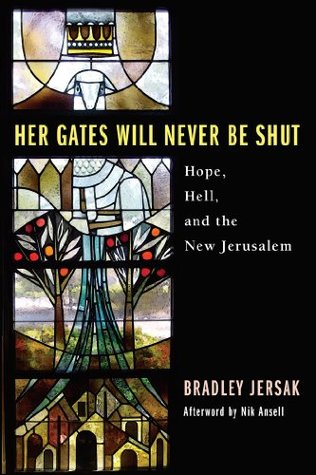More on this book
Community
Kindle Notes & Highlights
Read between
January 8 - January 13, 2020
In our era of CGI, everything Dante described in poetry can be recreated on the big screen for those who want to face their deepest fears in a climate-controlled environment where the smell of buttered popcorn masks the stench of sulfur.
Western civilization does not hold a monopoly on the dreams and nightmares of the afterlife. Taoist and Buddhist mythology contain their own layered maze of terrifying torture chambers (Diyu),3 and the Hindu Naraka4 features the usual fire, boiling oil, and other instruments of abuse for karmic atonement between incarnations. And Dante’s hell barely holds a torch to the hellish punishments described in the Koran:
Unlike Hitchens and Dawkins, I knew and loved (and feared) a living God too much to junk my entire worldview just because the idea of eternal, conscious torment in hell clashed with what I conceived to be his loving character.
The stubborn fact is that Scripture is richly polyphonic on the topic of hell and judgment—as if by design. Thus, if we become dogmatic about any one position, we reduce ourselves to reading selectively or doing interpretive violence to those verses that don’t fit our chosen view.
Gehenna is a gorge that bends around the west and south sides of the Old or First Wall of Jerusalem like an L, right beneath the hill we know as Mount Zion.
Under Ahaz and Manasseh, Gehenna became a site for sacrifices to Molech8 (2 Chr 28; 33), where the people of Judah burned their children in an effort to satiate this ravenous fire-deity. They did this even though child sacrifice was explicitly forbidden in the Law: Do not give any of your children to be sacrificed [or to be passed through the fire–NIV note] to Molech, for you must not profane the name of your God. I am the LORD. (Lev 18:21)
Under the reign of Josiah, whose name literally means “fire of God,”10 the valley underwent a “cleansing defilement” so that “no man might make his son or his daughter pass through the fire to Molech” (2 Kgs 23:10).
Besides Sheol, Hades, Abyss, Tartarus, and Gehenna, the Bible uses other designations and descriptions (whether literally or metaphorically) for the “abode of the damned”: “lower hell” (2 Pet 2:4 Vulgate tartarus), “place of torments” (Luke 16:28), “pool of fire” (Rev 19:20), “unquenchable fire” (Matt 3:12), “exterior darkness” (Matt 7:12; 22:13; 25:30), “furnace of fire” (Matt 13:42, 50), “everlasting fire” (Matt 18:8; 25:41; Jude 7), “death” (Rom 6:21), “corruption” (phthora, Gal 6:8), “destruction” (apōleia, Phil 3:19), “eternal destruction” (olethros aiōnion, 2 Thess 1:9), “perdition”
...more
part two “Every Knee Shall Bow” Presumptions and Possibilities in Theological Tradition


